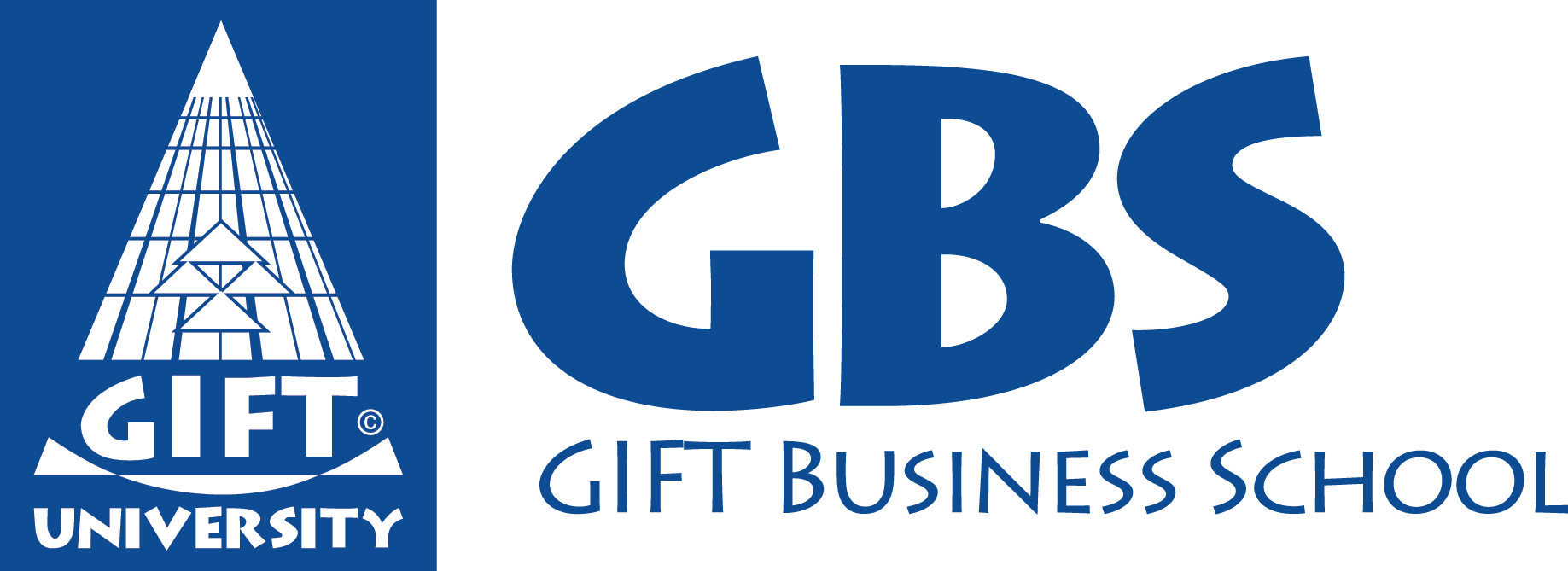When it comes to the world of fitness and exercise, there are many terms and concepts that can be quite confusing. One such concept is motor unit stimulation during eccentric isotonic contraction. In this article, we will discuss the significance of motor unit stimulation during eccentric isotonic contraction and shed light on its importance in building muscle strength and endurance.
Eccentric isotonic contraction refers to the lengthening of a muscle while it is under tension. This type of contraction occurs when a muscle resists a force or load that is greater than the force it is generating, resulting in the muscle fibers stretching and lengthening. This movement is often referred to as the “negative” phase of an exercise, as opposed to the “positive” or concentric phase where the muscle shortens.
Motor unit stimulation, on the other hand, involves the activation and recruitment of motor units within a muscle. A motor unit consists of a motor neuron and the muscle fibers it innervates. When a muscle contracts, motor units are activated in a specific sequence, with smaller motor units being recruited first followed by larger ones. This recruitment pattern allows for a gradual increase in muscle force production and helps to prevent fatigue.
Now, you might be wondering why motor unit stimulation during eccentric isotonic contraction is important. Well, research has shown that eccentric contractions can produce greater force compared to concentric contractions. This increased force production is primarily due to the recruitment of more motor units during eccentric movements. By activating a greater number of motor units, the muscles are able to generate higher levels of force, leading to improvements in muscle strength and power.
Additionally, eccentric isotonic contractions are known to induce greater muscle damage compared to concentric contractions. This muscle damage triggers a series of physiological responses, including the release of growth factors and an increase in protein synthesis, which ultimately lead to muscle hypertrophy or muscle growth. Therefore, by stimulating motor units during eccentric isotonic contractions, individuals can effectively promote muscle growth and enhance their overall muscular development.
In conclusion, motor unit stimulation during eccentric isotonic contraction plays a crucial role in building muscle strength, power, and size. By understanding the importance of motor unit activation during eccentric movements and incorporating them into your training routine, you can maximize your workout results and achieve your fitness goals more efficiently.
Sources:
- Discuss the Importance of Motor Unit Stimulation during Eccentric Isotonic Contraction
- Contractor Meaning in Kannada
- Undisclosed Principal and Agency Agreement
- Are Building Contracts Subject to Finance?
- Training Agreement Employee
- Supplier Quality Agreement Template ISO 13485
- Legal Requirements for Contracting
- Joint Development Agreement Technology
- U.S Trade Agreements
- Rental Agreement Jointly and Severally
